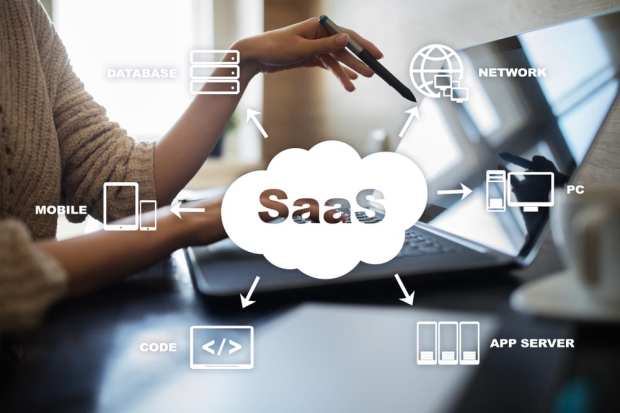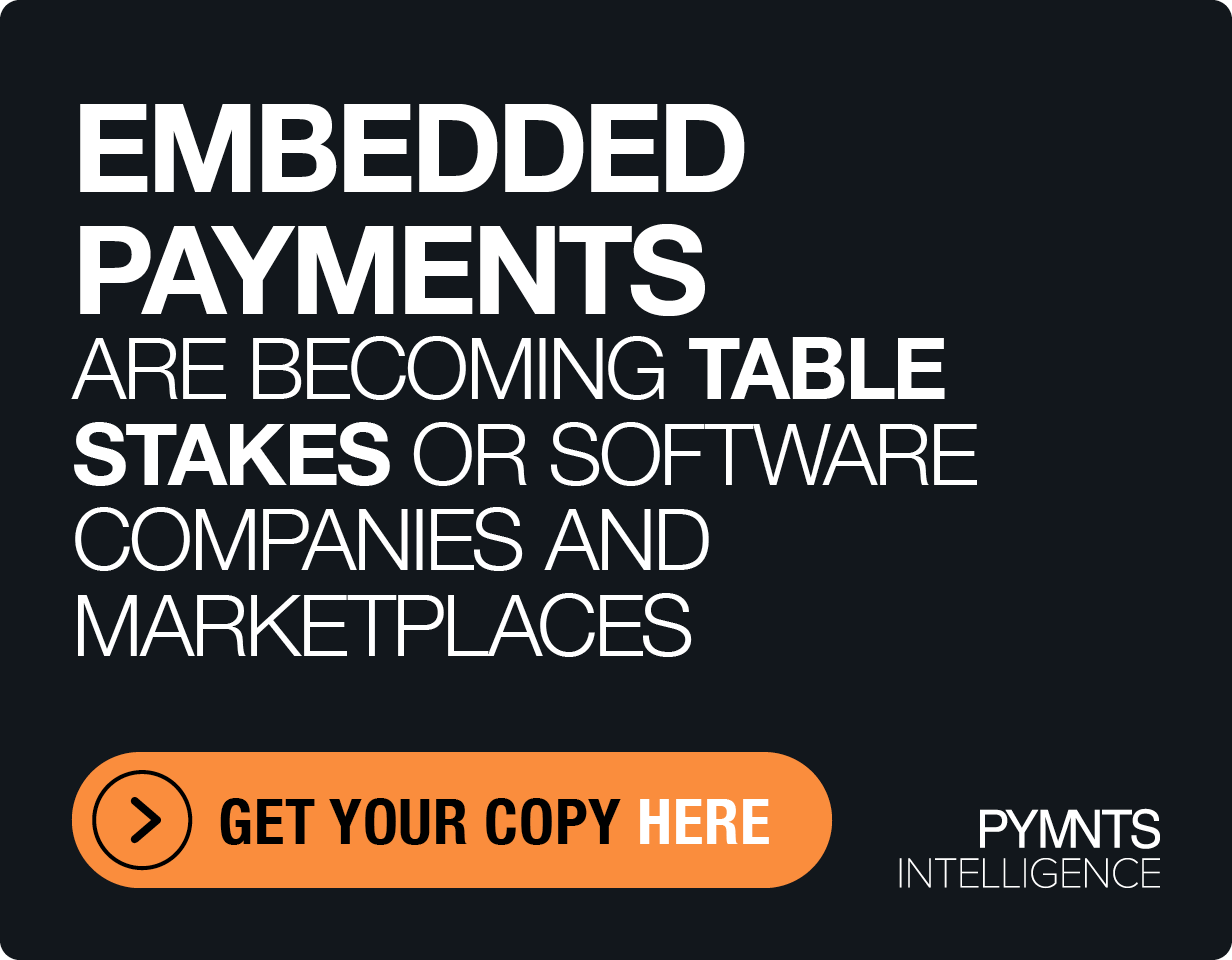How Enterprise SaaS Ushers In A New Buyer-Supplier Dynamic

The rise of enterprise Software-as-a-Service has undoubtedly benefitted corporates large and small, transforming their back offices and lowering barriers to digital transformation.
But while SaaS itself has supported a business evolution, the buyer-supplier relationship between corporates and their software vendors remains an outdated paradigm, according to MetaCX Founder and CEO Scott McCorkle.
In a recent conversation with PYMNTS, McCorkle dove into the traditional customer relationship management strategy in the enterprise SaaS landscape that he said has left the customer out of the conversation for too long. It’s time for businesses to adjust how they measure the success of that relationship, with broad implications for buyer-supplier collaborations.
Driving Value
The rise of enterprise SaaS has certainly added value for corporate buyers, but the way the industry operates today is largely vendor-driven, according to McCorkle.
“The customer-first phase of the subscription economy has added a lot of value to B2B relationships,” he said, pointing to the opportunity for corporate customers to more easily adopt and integrate new technologies once out of their reach. “But arguably, the power in that equation has been with the supplier. B2B digital products are easier to buy — and that’s made it easier on the supplier to sell, and for the product to be adopted.”
That’s resulted in a fractured customer relationship management strategy, he said. At the heart of this challenge is the separation between customer relationship management, and the assessment of whether B2B software suppliers are actually delivering the value their customers seek from a product.
It’s one of the key differences between B2C and B2B software offerings. In the consumer world, many customers can seamlessly adjust product tiers, accept set pricing, and take a “set-it-and-forget-it” approach to subscription payments. In the enterprise world, however, the discussion must center around whether or not a software not only has the features and functionality corporates need, but whether that functionality is driving value for the customer in the necessary ways once a tool has been adopted.
A Shifting Dynamic
Measuring and assessing delivered value needs to become a central focus of the buyer-supplier relationship in the B2B subscription economy today, said McCorkle, and to do that, the customer needs to step into a larger role in relationship management.
That’s becoming easier as corporates have greater product choice, and therefore greater leverage to choose with SaaS vendor will win a contract. Customer experience then becomes central to finding a competitive differentiator, and in this regard, McCorkle said the B2B world can take a page out of the B2C world’s book.
Apps like Lyft and Airbnb, for instance, have seamlessly merged the product with customer service. For a tool like Lyft, the customer experience is the app — the product — itself. In the B2B market, however, customer interactions with software vendors are largely separate from the act of using the software. By migrating the customer experience more deeply within the product, McCorkle noted suppliers can not only improve user satisfaction but also be in a position to gain a clearer picture about whether or not a product is actually deriving value for a customer based on the way it’s being used.
That has profound implications in the buyer-supplier relationship, including in the financial transaction.
“With this shift of power to the buyer, there is going to be pressure for suppliers to get much more creative with pricing,” he noted. “We’ve seen examples of buyers looking for certain components of a license to be held in escrow until outcomes are met or proof of performance has happened. That’s by no means the standard, but you do see early signs of a shift happening.”
Merging Customer-Vendor Relationship
By its very name, the concept of “customer relationship management” takes the vantage point of the supplier. But as buyer-supplier relationships evolve, the buyer must have equal power in that arrangement, too, said McCorkle — meaning the focus should not be “customer” relationship, or even “supplier” relationship, but should simply be “relationship” management.
That places both buyer and supplier on even ground and in a position to collaborate effectively with each other, and, added McCorkle, will open up opportunities to further promote the evolution of the B2B SaaS landscape overall.
Achieving this paradigm shift won’t be easy, however.
“The B2B world has a lot of catching up to do with the B2C world,” he said. But, he added, it will be vital to the success of both buyers and suppliers moving forward. “The idea of thinking of buyers and suppliers as equal parties to the relationship is a very helpful thought experiment — to ask how well digital technology, and how the next generation of customer and vendor management come together, for buyers and suppliers to work better together.”
